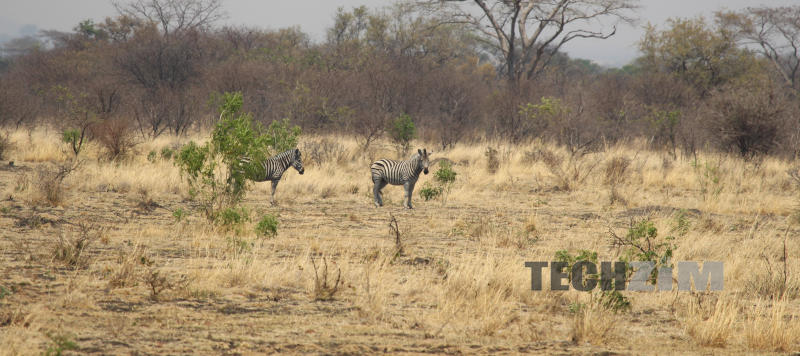Artificial Intelligence (AI) when combined with any existing form of technology, amplifies the entire experience and performance of the same. Keeping this in mind, scientists are integrating AI in various industries. With its widespread use in almost every arena today, it has also trickled its way into a sector that can help revolutionise the ecosystem and its research. Living in the animal kingdom, it is our civic duty to protect wildlife. From AI to autonomous drones, smart technology is up-swinging wildlife conservation on a global level.
South Africa
A South African company, Dimension Data joined forces with CISCO and in 2015 they launched a project named ‘Connected Conservation’. The programme’s aim was to protect the world’s endangered wildlife population through technology. Their flagship project was at South Africa’s Kruger National Park, where poachers were a great threat to the rhinoceros population. By 2017, there was a drastic shift in the poaching numbers. It was noticed that the rate of rhinoceros poaching in the sanctuary was reduced by a whopping 96%, an astounding success! This resulted in the augmentation of Connected Conservation programme to Kenya, Zambia, and Mozambique in 2018.
This marvellous conservation effort was made possible with the confluence of technologies like closed-circuit TV cameras, digital data mapping of tourist traffic, biometrics, thermal imaging, connection of rangers via multiple devices, the use of IoT to share and control information and cloud backup of all the data. The borders and fencing of the park were furnished with sensors and these technologies detected any suspicious movement and instantly notified the forest rangers.
Sumatra
The future looks promising with this next-gen technology, it interferes less with the natural habitat of the animal and protects them from a distance. Satellite imaging is one such viable option, a very good example of that would be Google Earth. Using Google Earth’s imaging, the World Wildlife Fund (WWF) helped save tigers in Sumatra. Moreover, they allow researchers to track the animals and learn more about endangered species and their habitats.
Autonomous Drones stand to be extremely beneficial especially with spotting animals that are shy or not easy to locate as they provide a direct aerial view of them. In addition, they maintain the sanctity of the natural space of the animal as it doesn’t disturb them in any way. These Autonomous Drones also have a thermal imaging feature, which makes it effortless to get images after sunset and also detects and captures high activity during night time.
Kenya
Another major area of concern is the decline in the number of giraffes in Northern Kenya. Research shows that giraffes have reduced approximately 70% in Northern Kenya and around 30% across Africa. The radical decline is alarming in nature and has forced biologists and conservationists to turn to AI in search of more efficient methods to curb this downfall.
Researchers are intensively analysing their numbers, and their movement and studying their preferred habitat to ensure complete protection in those areas. But this method of keeping track of giraffes using aerial surveys costs time and money, which isn’t viable in the world of giraffes.
To aid this problem a Portland-based Not-for-Profit tech conservation organisation called ‘Wild Me’ developed a software program named ‘Wildbook’. It identifies each animal by their unique coat patterns or other distinctive features, such as ear outlines and the like. With the help of Wildbook, conservation researchers are able to assess the giraffe population accurately and also track them efficiently. So far, ‘Wildbook’ is being used across three wildlife conservancies in northern Kenya.
Interesting? You can learn more
Trescon is a global tech-event organiser and keeping the massive future of AI in mind, Trescon is bringing the World AI Show to Nairobi, the capital of Kenya on 21st and 22nd of March 2019.
World AI Show aims to gather more than 300 AI experts, data scientists, technology leaders, startups, investors, researchers, academicians and global AI technology innovators – to discuss the impact of AI on various industries and the way it can transform existing technologies.
To know more about the impact of AI on wildlife and hear various other interesting keynotes and panel discussions you can attend the World AI Show!
Click here to learn more about the event.

One response
Wildbook might be the only AI driven solution on your list.